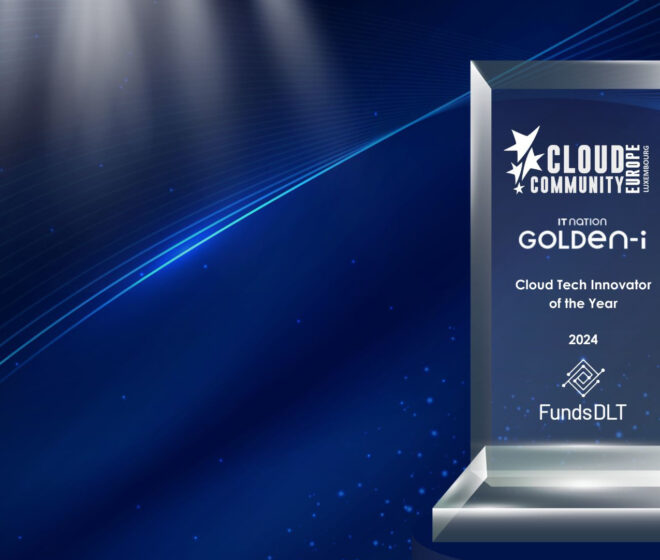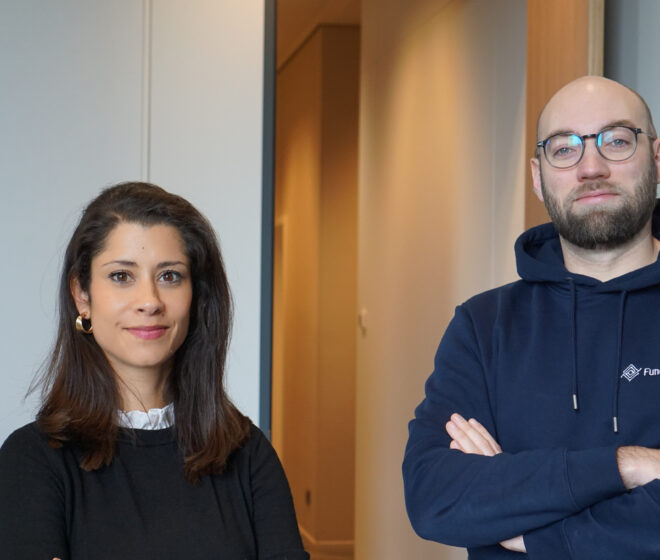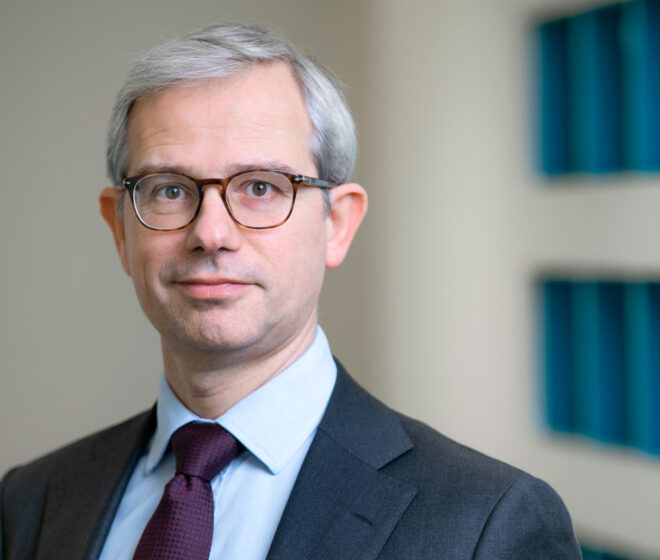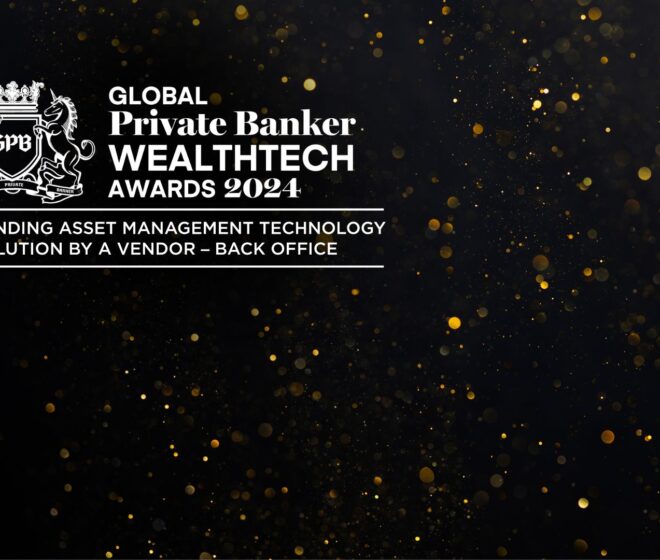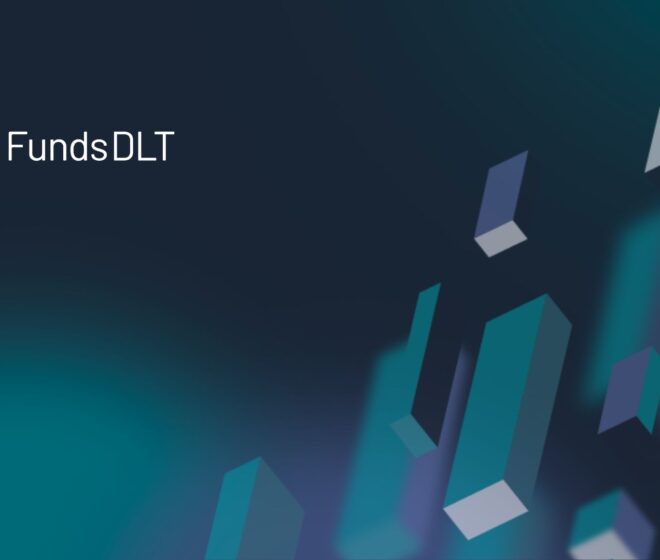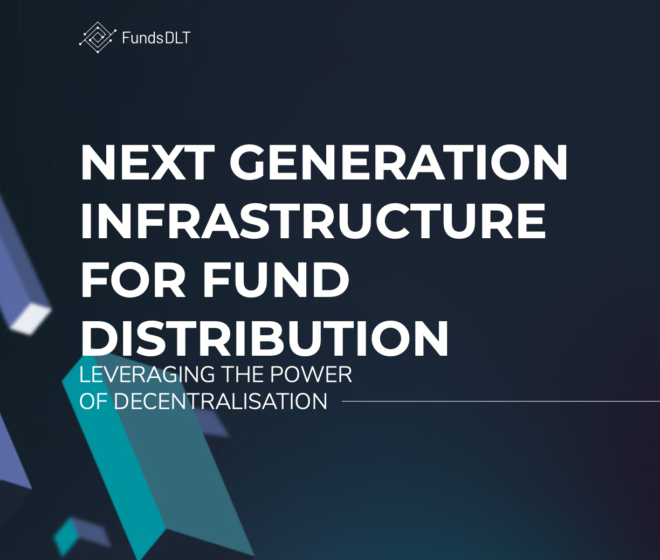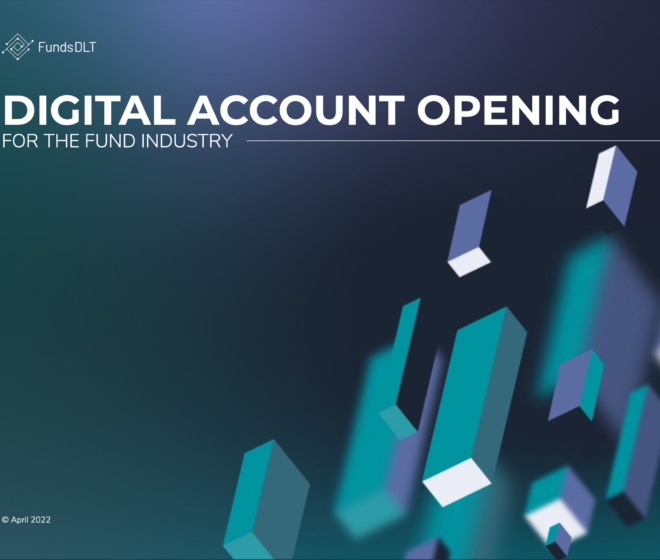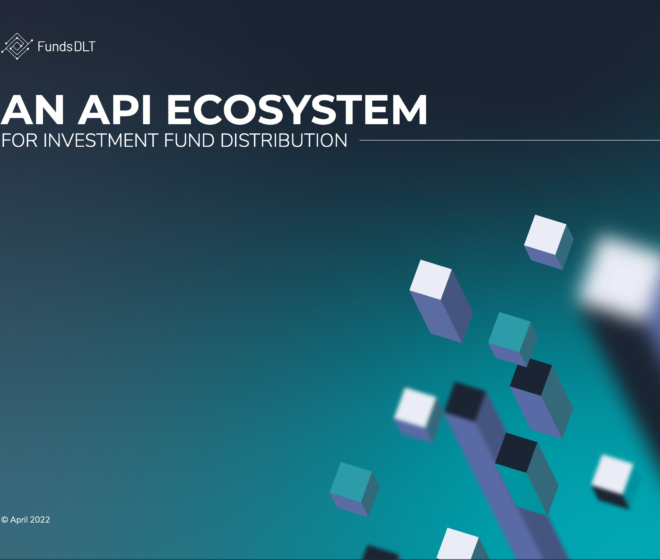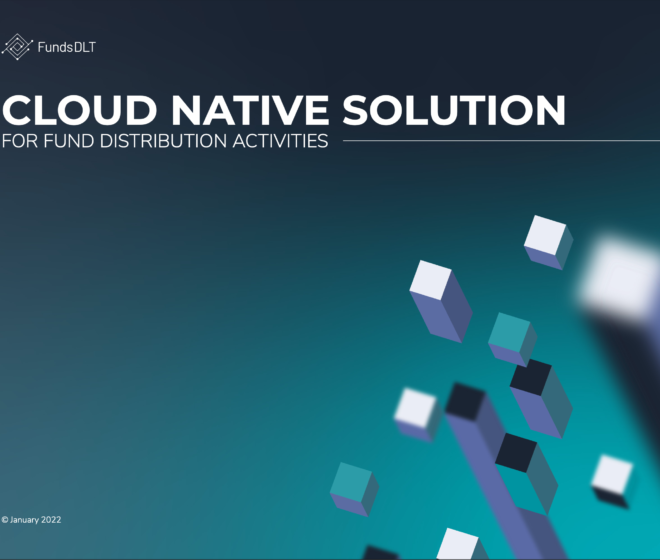Digital Distribution
Centralizes commercialization activities, ensuring compliancy, efficient account management and order forwarding to your TA.
Digital TA
Automates trade processing for cost savings and provides a blockchain ledger for transparent records.
+D2C for Asset Managers
Enables asset managers to reach investors through a customizable, omnichannel solution.
Fund tokenization
Native tokenization of fund shares with secure, compliant fund tokenization platform on blockchain
Digital Fund Access
Connects distributors to a broad range of funds via a digital platform integrated with Vestima featuring real time processing and automation.
Digital Fund Custody
A secure, flexible digital custody solution that enhances fund access for investors.
+D2C For Distributors
Digitalizes fund sales with a back-end solution for seamless, personalized investor experiences via web and mobile app.
About us
Read about our mission and vision, journey and get to know our team.
Part of Deutsche Börse Group
Learn about our integration with Deutsche Börse.




